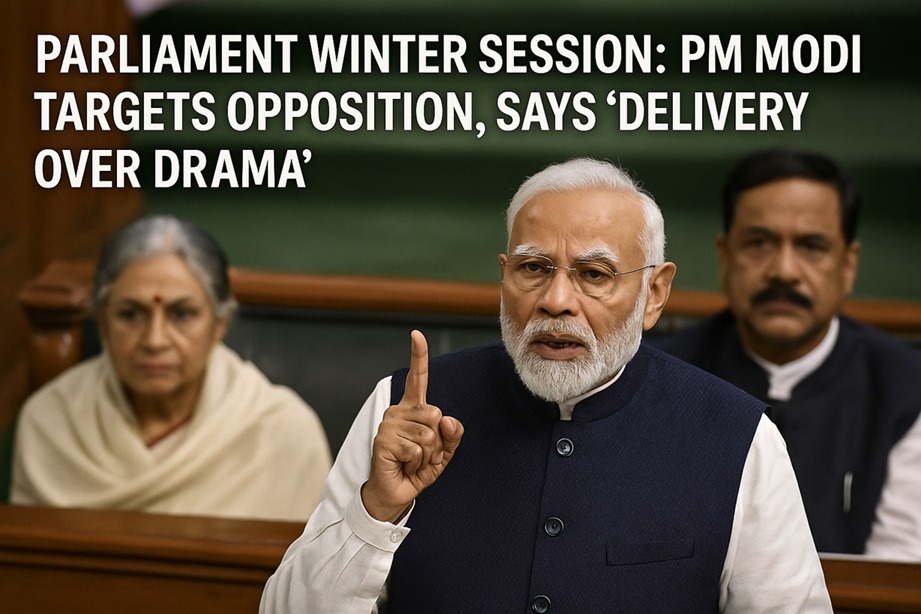This year’s Diwali celebration in Ayodhya marks a historic moment for millions of Hindus, as it is the first time the festival is celebrated at the newly completed Ram Mandir, symbolizing the return of Lord Ram from his exile. Ayodhya has transformed into a city of light and spirituality with over 35 lakh lamps illuminating the holy city, a sight that evokes the grandeur of ancient celebrations.
A Cultural Revival Rooted in Tradition
Prime Minister Narendra Modi’s vision for cultural revitalization has helped bring Indian spiritual heritage to the forefront. This year’s Diwali in Ayodhya represents an unparalleled revival, drawing on ancient traditions that were part of Ayodhya’s past but had faded over centuries. The celebration, marked by vast processions, dances, and lighting ceremonies, has set new records for the number of lamps lit and the participation of devotees.
Chief Minister Yogi Adityanath, inspired by this cultural vision, has made significant efforts to revitalize Ayodhya’s status as a spiritual epicenter. The Deepotsav program, featuring over 35 lakh lamps, aims to make the festival an unforgettable experience for visitors, while also attracting devotees and tourists from across the globe. Comparing it to Christmas celebrations in Rome, the Chief Minister emphasizes the importance of preserving and celebrating Hindu heritage with similar pride and grandeur.
The Grand Celebrations and Record-Breaking Moments
This year, a stunning 90-foot stage at the Ramkatha Udyan became the center of religious and cultural performances, with hundreds of saints and spiritual leaders gathering to participate. The presence of 1100 saints from across the country underscores the event’s religious significance and commitment to preserving sacred customs. With more than 25 lakh lamps set afloat on the Saryu River, the celebration broke previous records, creating a surreal view and setting a new world record. This immersive experience has drawn praise, becoming a focal point for Hindu pride and cultural unity.

Environmental Concerns and Community Reactions
The grandeur of Ayodhya’s Diwali, however, has sparked debate. Environmental activists have voiced concerns over the impact of the celebration on local wildlife, particularly fish and migratory birds inhabiting the Saryu River. Critics argue that the bright lights, noise, and fireworks may disrupt these animals’ natural habitat, posing risks to the river’s ecosystem. Animal welfare advocates have suggested that traditional celebrations, while culturally significant, must account for environmental sustainability, particularly as larger gatherings increase.
Others argue that the massive lighting of lamps and large crowds can potentially affect air quality, as the burning of so many lamps emits carbon and other particles. They believe that, while preserving tradition is essential, it is equally important to adapt these celebrations to modern-day environmental awareness.
Inclusivity and the Question of Communal Harmony
The scale of the celebration has raised concerns about inclusivity. Some critics worry that the prominence of Hindu festivals might alienate other communities, potentially overshadowing secular aspects of Indian society. They argue that such grand celebrations should avoid inciting divisions and should instead focus on unity.
Despite these perspectives, supporters of the Ayodhya celebration emphasize that the event is primarily about reclaiming a cultural heritage that was undervalued for centuries. For them, Ayodhya’s transformation into a hub of Hindu spirituality is a long-awaited return to its ancient roots, bringing back the pride and significance of Hindu traditions.
The Diwali Festival as a Symbol of Unity and Renewal
This year’s Diwali celebration in Ayodhya aims to bridge the past with the present, honoring a sacred tradition while sparking a new era of cultural consciousness. The grandeur of the festival has inspired Hindus worldwide, bringing pride to those who view Ayodhya as a symbol of their spiritual legacy.
Prime Minister Modi and Chief Minister Yogi Adityanath’s involvement underscores the government’s commitment to embracing India’s spiritual heritage. The Deepotsav not only promotes Ayodhya as a cultural center but also aims to create a space where all communities can appreciate the richness of India’s diverse traditions.
A Reflection on Tradition and Modernity
While the celebration in Ayodhya has been met with some resistance, it represents a broader conversation about India’s identity. The city’s transformation invites reflection on balancing ancient traditions with modern responsibilities toward the environment and social inclusivity. The festival of Diwali, now grandly celebrated in Ayodhya, continues to be a beacon of hope, joy, and unity, bridging cultural divides and honoring a shared heritage.
As Ayodhya illuminates the skies with millions of lamps, it remains a place of deep devotion and reverence, reminding the world of the timeless value of celebrating unity through tradition.





